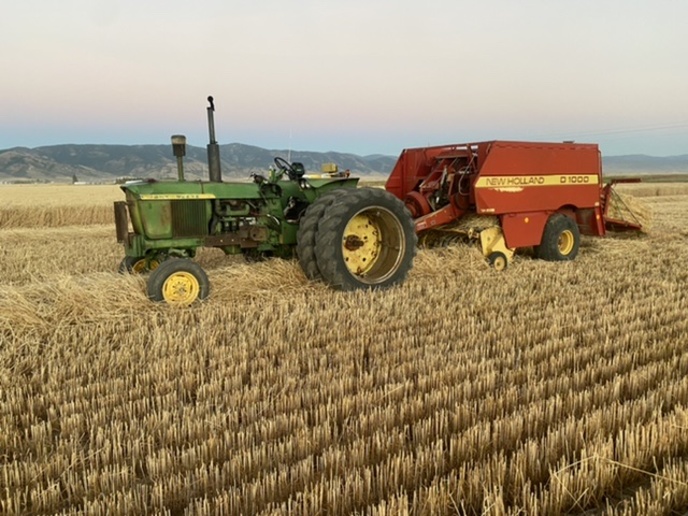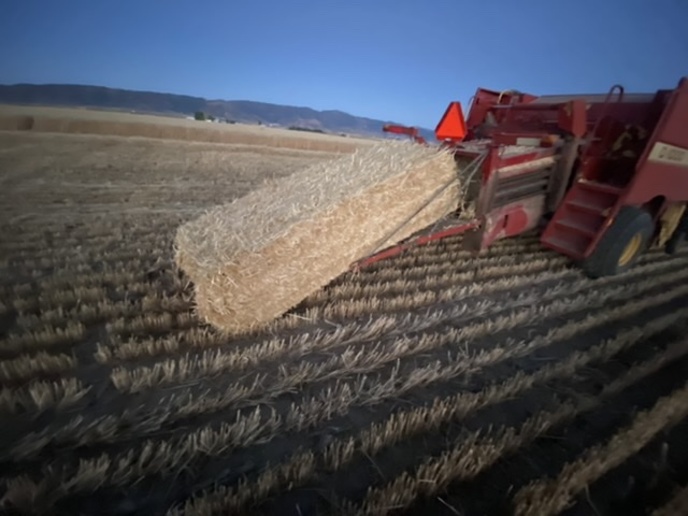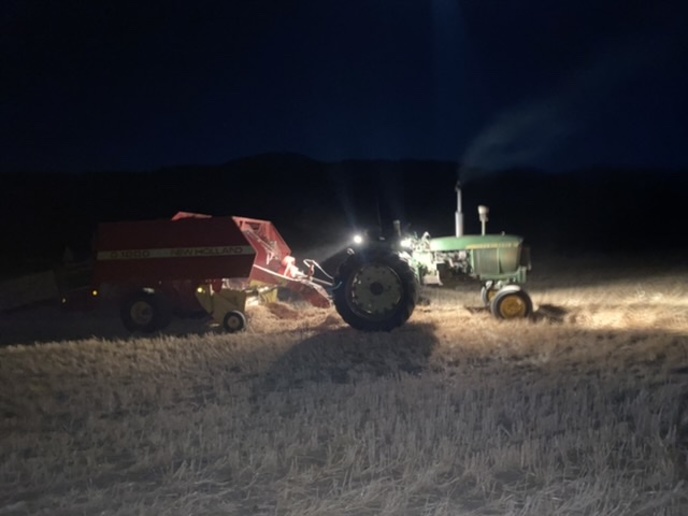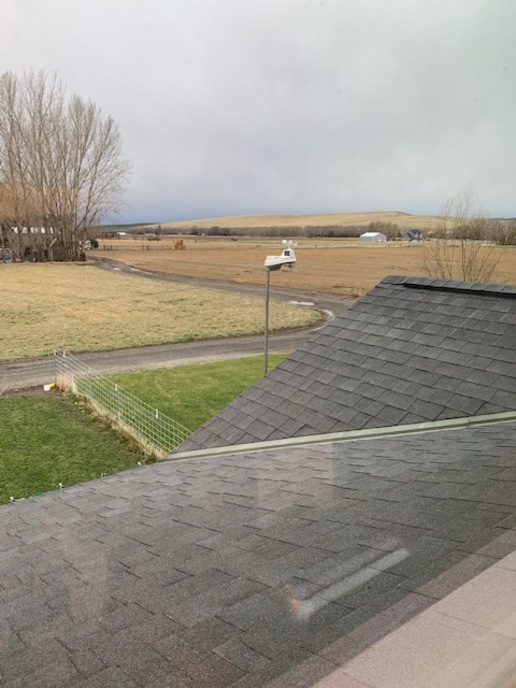Bill in Eastern WA
Member
Here are some pictures of my hay operation. It's a one man operation and I do around 75 acres of hay a year. We are in the Eastern part of
Washington state which offers some unique challenges putting up good hay. First cutting never wants to dry out because of ground moisture and
high humidity. Second and third you are begging for some moisture to make a decent bail of hay. We irrigate the alfalfa from wells using
canons and handlines.
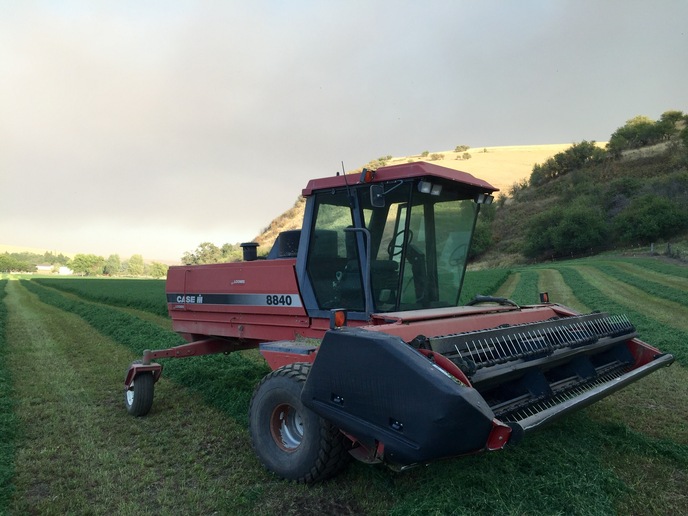
Case 8840 with a 14' foot sickle header. I have used a rotary before but have decided I like the old school sickle bar because it doesn't stir
in a bunch of dirt if you have a gopher mound or two.
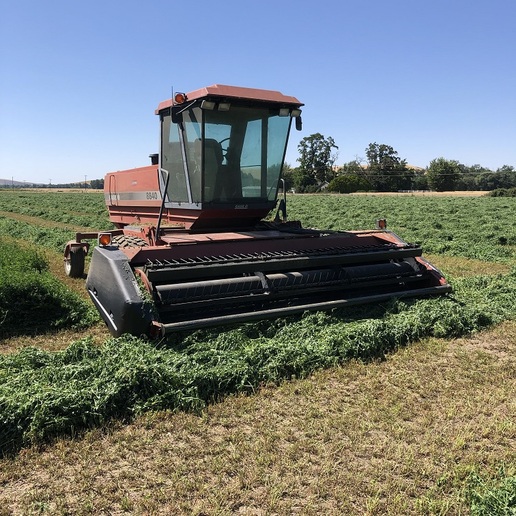
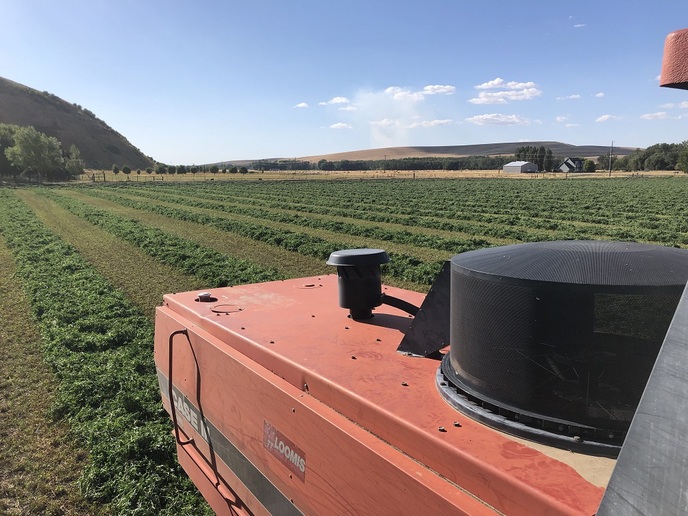
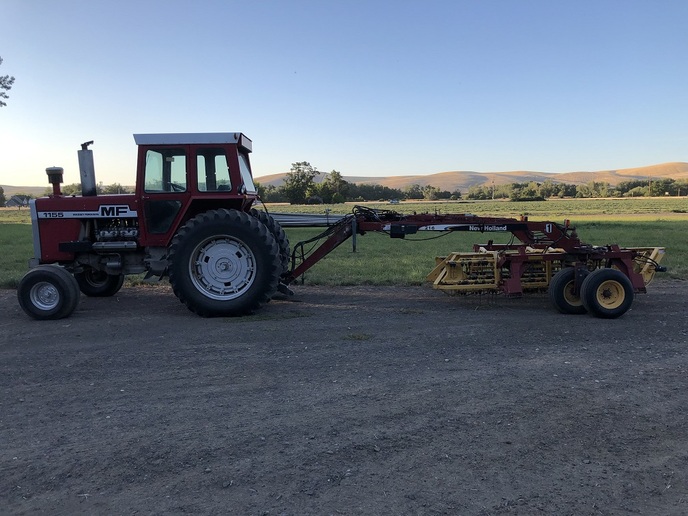
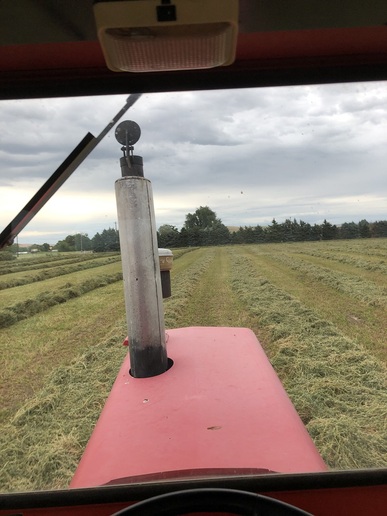
I merge both windrows with a New Holland 216 rake. The 1155 runs the rake really well and gives great visibility and is surprisingly
maneuverable.
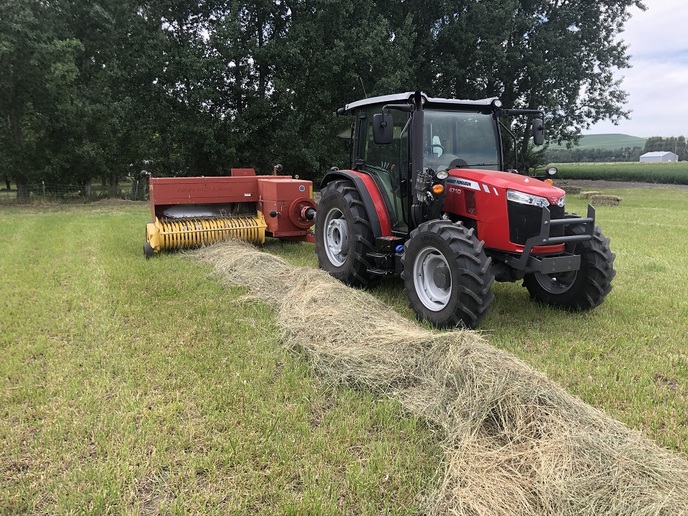
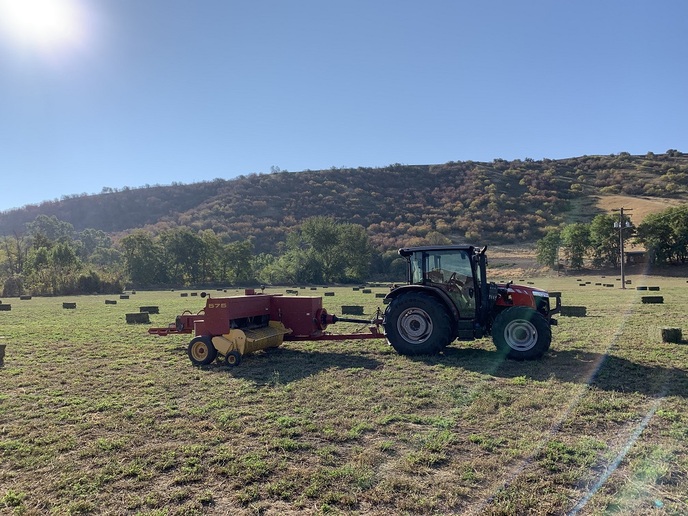
The 4710 is what I bale with using a New Holland 575 baler. It's got great lights and is comfortable. Almost every bail of hay is made in the
dark. Both the baler and tractor are well lit.
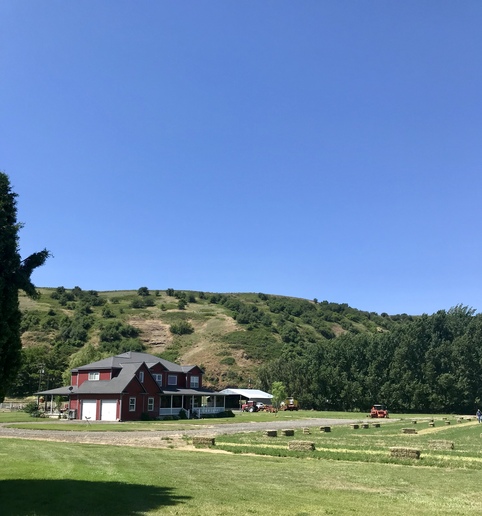
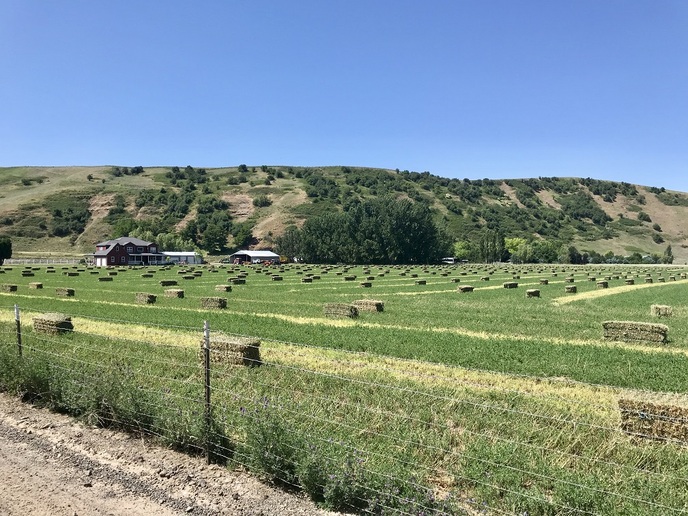
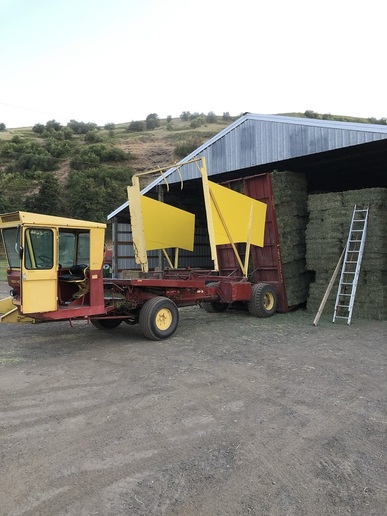
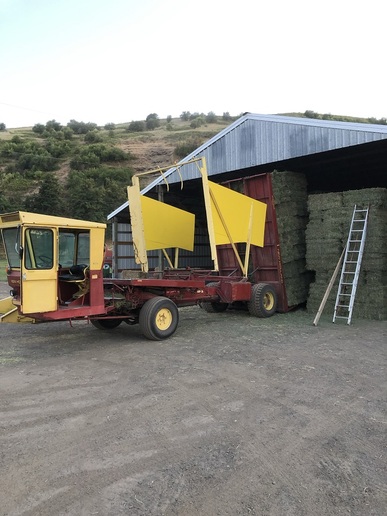
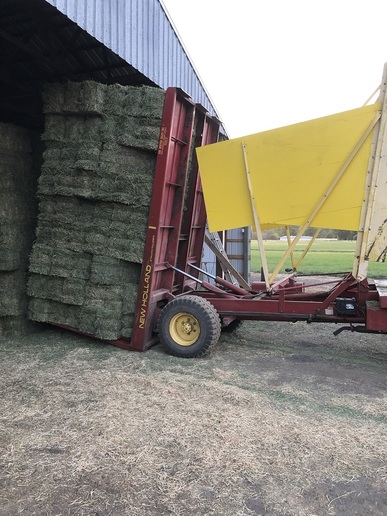
I use a 1978 New Holland Super 1048 bale wagon to pick everything up. It's an oldie but a goody. If I'm patient and do a good job, it makes a
nice stack in the hay barn.
I really enjoy everyone posting pictures. Happy New Year!
Washington state which offers some unique challenges putting up good hay. First cutting never wants to dry out because of ground moisture and
high humidity. Second and third you are begging for some moisture to make a decent bail of hay. We irrigate the alfalfa from wells using
canons and handlines.

Case 8840 with a 14' foot sickle header. I have used a rotary before but have decided I like the old school sickle bar because it doesn't stir
in a bunch of dirt if you have a gopher mound or two.




I merge both windrows with a New Holland 216 rake. The 1155 runs the rake really well and gives great visibility and is surprisingly
maneuverable.


The 4710 is what I bale with using a New Holland 575 baler. It's got great lights and is comfortable. Almost every bail of hay is made in the
dark. Both the baler and tractor are well lit.





I use a 1978 New Holland Super 1048 bale wagon to pick everything up. It's an oldie but a goody. If I'm patient and do a good job, it makes a
nice stack in the hay barn.
I really enjoy everyone posting pictures. Happy New Year!


